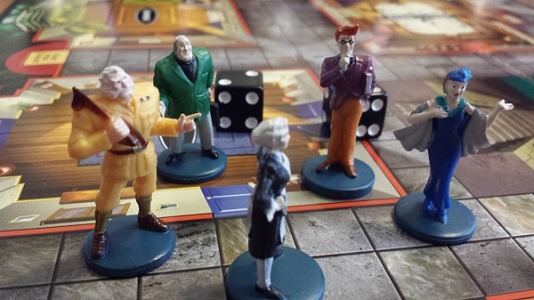

Imagine you’ve been asked to design a game. Your goals are to get everyone to play, to learn, and to have fun.
You might start with an overall goal. Get all the cards? Sink the other person’s battleship? Build the most hotels? You’ll devise actions that move the game forward, setbacks for the players to keep it interesting, and rules and constraints that challenge your groups as the game unfolds.
Games seem easy; game-like learning takes time. It also takes a willingness to try something, test it out, see what’s not working and try again.
How can we use these principles for game-like learning to reshape our interactions with elected officials, our stakeholders, and our colleagues?
We learn by doing.
Monotonous recitations and PowerPoints in the dark? We all know that’s not effective communication. How can you involve your audience? Text voting, face-to-face discussion, moving pieces of paper on a map, writing on a poster – these are a few ways to bring some interaction to a discussion. Can you take it to the next level? What information are you gathering and how are you showing the progression back to your group? The more involved they are, the more they will remember.
Don’t be afraid of prototypes.
There are usually high-stakes in a public presentation, but an internal working group can try and try again. Test your ideas out; don’t wait until they’re perfect. Make a dummy quickly (10 minutes is quick, 10 hours is not) and try it out. You’ll have fun doing it, and the faster you can test several ideas, the more information you’ll have about what’s fun, what’s working, and what’s not.
Focus on doing, not talking.
Adults tend to spend a lot of time discussing ideas and less time trying them out. Bring out your inner kid, the one who was willing to go with it – that tree’s a spaceship? Sure! Let’s try it. Change our presentation style? Let’s test a few slides!
Don’t underestimate your audience
You’re smart. So is your audience. Don’t bore them or give them dumbed down information assuming they won’t get it. Play sounds childlike, but making an interesting experience is harder than it sounds.
How to start?
Give it a try.
Resources:
Prototyping from the D.School at Standford